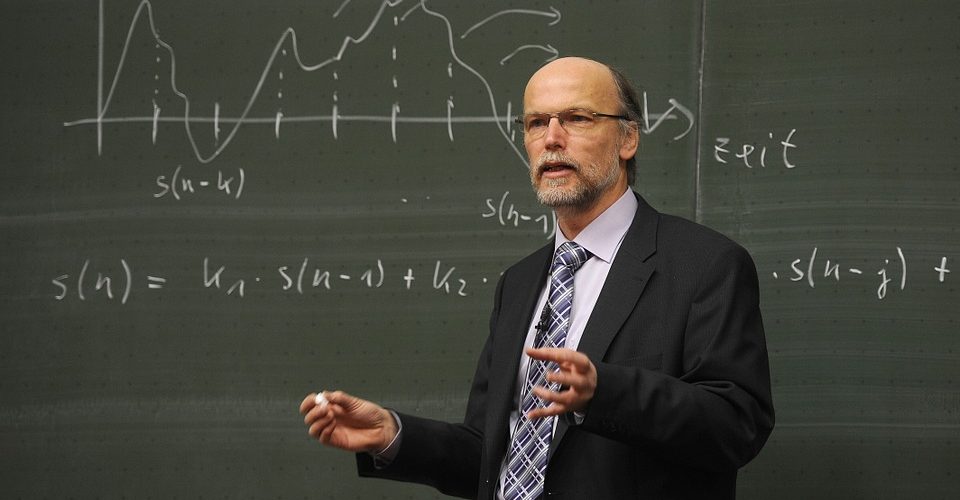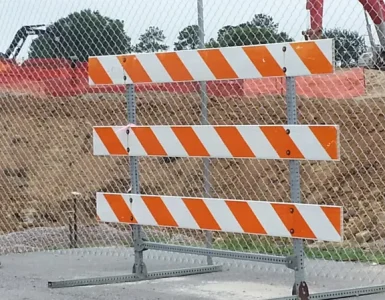ASU’s Mary Lou Fulton Teachers College is rethinking the classroom structure in an effort to benefit teachers and students.
To combat the issue of teacher attraction and retention, the Mary Lou Fulton Teachers College (MLFTC) at Arizona State University is taking a new approach to workforce development in the classroom.
“We really believe that we are not attracting people to the profession and we’re not keeping people in the profession. That is really just symptomatic of the fact that the job has to fundamentally change, and what that workforce is- how they work,” Dr. Carole Basile, Dean of MLFTC, said.
The traditional classroom has one teacher who is expected to support students “who have a range of issues, a diverse set of knowledge, who are developmentally diverse,” Dr. Basile said.
Students have varying needs and it can be unrealistic to expect a teacher to have the expertise to help every student’s unique needs while giving other students enough attention.
MLFTC addressed this issue by rethinking the education workforce development.
Instead of one teacher in the classroom with the traditional number of students, MLFTC decided to create a team of adults with differing expertise to teach more students.
“We haven’t created anything new, but we’re repurposing some of the work we’re already doing- which we’re really proud of,” Brent Maddin, MLFTC division of teacher preparation co-director, explained. “And we’re creating opportunities to think differently about ‘who is an educator?’ And instead of putting everything onto the plates of teachers, let’s bring more people into these instructional spaces.”
For example, there can be one lead teacher across two classrooms and that can be supported by support staff. The support staff can consist of teacher candidates, retired teachers who come in for a few hours and volunteers from the community that can offer a unique perspective.
Maddin said MLFTC’s innovative approach addresses three imperatives.
Democratic
Redeveloping the education workforce will engage the community and create networking opportunities for students and teacher candidates.
From prior experience, Maddin said, “bringing in people from the community into the schools because what I found is that it suddenly created a different conversation. There was a far greater awareness of what was happening, those partnerships became evermore strong, people voted for us differently in terms of support for education.”
Community members in the classroom can also open new career-related doors for students and help them network with people who are in a field that is of interest to them.
Economic
Although the new approach may seem costly, Maddin explained allocating the resources is actually cost effective.
“The really interesting thing about this is when you start to do the economics, the district actually ends up being at or even saving money,” Maddin said.
If a student needs extra attention with a subject, a lead teacher or support staff can provide extra support to the student without taking attention away from the other students.
Equity
The lead teachers and support staff work as a team to teach more students than usual.
Maddin said the teacher candidates who worked in the classroom had to get a second job in the past to make ends meet, but the new approach allows them to earn a decent stipend.
The goal is to create partnerships with businesses in the community to help create this pipeline for community members to engage with students and provide support.
“What I’m hoping is that the business community at the end of the day could help us think about this as a workforce development issue,” Dr. Basile said.
She said, “This is not to put a band-aid on it, this is systemic change and we’re going to need support and help to start thinking about this as an education workforce development issue.”
The initiative is about five months old and is being tested at school districts with teacher MLFTC teacher candidates.















I think bringing members of the community or people who have jobs/careers in the private sector is a great idea! It can serve as a way of introducing a new perspective not traditionally found in the classroom.